In February of this year, decades after his death on the Pacific island of Ie Shima in 1945, a photo of famed war correspondent Ernie Pyle surfaced. Shortly after he was killed by a Japanese machine gun bullet, Pyle’s body is seen lying in repose, hands folded and clutching a cloth cap. A telltale trickle of blood from his mouth is the only visible evidence of his fatal wound.
When he died, Pyle was at the height of his fame, having chronicled the toils and tribulations of the common soldier during wartime, receiving a Pulitzer Prize in 1944 and preserving his reports in the books Brave Men, Here Is Your War, and Ernie Pyle in England. His writing is frank, poignant, starkly real, and still capable of conveying deep emotion. It provided a glimpse of the soldier’s life to those at home in the U.S., and the GIs loved Pyle for it.
On April 18, 1945, Pyle was riding in a jeep along a coast road on Ie Shima, near the embattled island of Okinawa, with Lt. Col. Joseph B. Coolidge, commander of the 305th Infantry Regiment, and two other officers. Less than half a mile away, a Japanese machine gun opened fire on the road, which was evidently thought to be safe. Braking to a halt, the occupants of the jeep took cover in a roadside ditch. Pyle asked Coolidge if he was all right, raised his head slightly, and was struck in the left temple. He died instantly.
The announcement of Pyle’s death shocked the American public and saddened men in uniform around the globe. The famed correspondent was temporarily buried on Ie Shima, then moved to a cemetery on Okinawa, and finally laid to rest in the National Memorial Cemetery of the Pacific, popularly known as the Punchbowl, on the Hawaiian island of Oahu. Pyle was interred between two unknown soldiers in the military cemetery—not because of his work as a journalist, but because of his veteran status with the U.S. Navy during World War I.
“As far as can be determined, the photograph has never been published,” wrote Richard Pyle of the Associated Press, who has covered six wars for the news service and is no relation to Ernie. “Sixty-three years after Pyle was killed by the Japanese, it has surfaced—surprising historians, reminding a forgetful world of a humble correspondent who artfully and ardently told the story of a war from the foxholes….”
Richard Pyle also interviewed James Tobin, a professor at Miami University of Ohio and author of the biography Ernie Pyle’s War, and Indiana University professor Owen V. Johnson, a collector of memorabilia related to Ernie Pyle. Both scholars asserted that they had never seen the photograph before. Further, the Associated Press reported, “Eight military museums and history centers queried by AP said the negative and photo were unknown to them. This included the National Archives & Records Administration, the most likely repository. “Considering all the photo research done on World War II, and thousands of letters requesting information about our holdings, my guess is it would have been ‘discovered’ by a researcher or staff member by now,’ said Edward McCarter, NARA’s top still-photos archivist.”
Days later, Richard Pyle published a follow-up story, revealing that the obscure image, taken by U.S. Army photographer Alexander Roberts, actually did appear in two other publications 25 or more years ago. The Daily Times-News of Burlington, North Carolina, published the photo on December 14, 1979, along with a story about a local veteran who had received a copy of it while serving with the Navy off Okinawa. The photo also appeared in a short 1983 book by Rudy Faircloth, a retired Army and AP photographer, titled Buddy Ernie Pyle: World War II’s Most Beloved Typewriter Soldier.
Richard Pyle also reported that the photo had been initially withheld from the public by the War Department, while the original negative had been destroyed.
The latest revelation regarding the Pyle death photograph in no way diminishes its historical significance. In fact, the timing is most appropriate as the United States is currently engaged in a war on foreign soil and the national consciousness is raised regarding concern for and appreciation of those troops who venture daily into harm’s way.
Michael E. Haskew
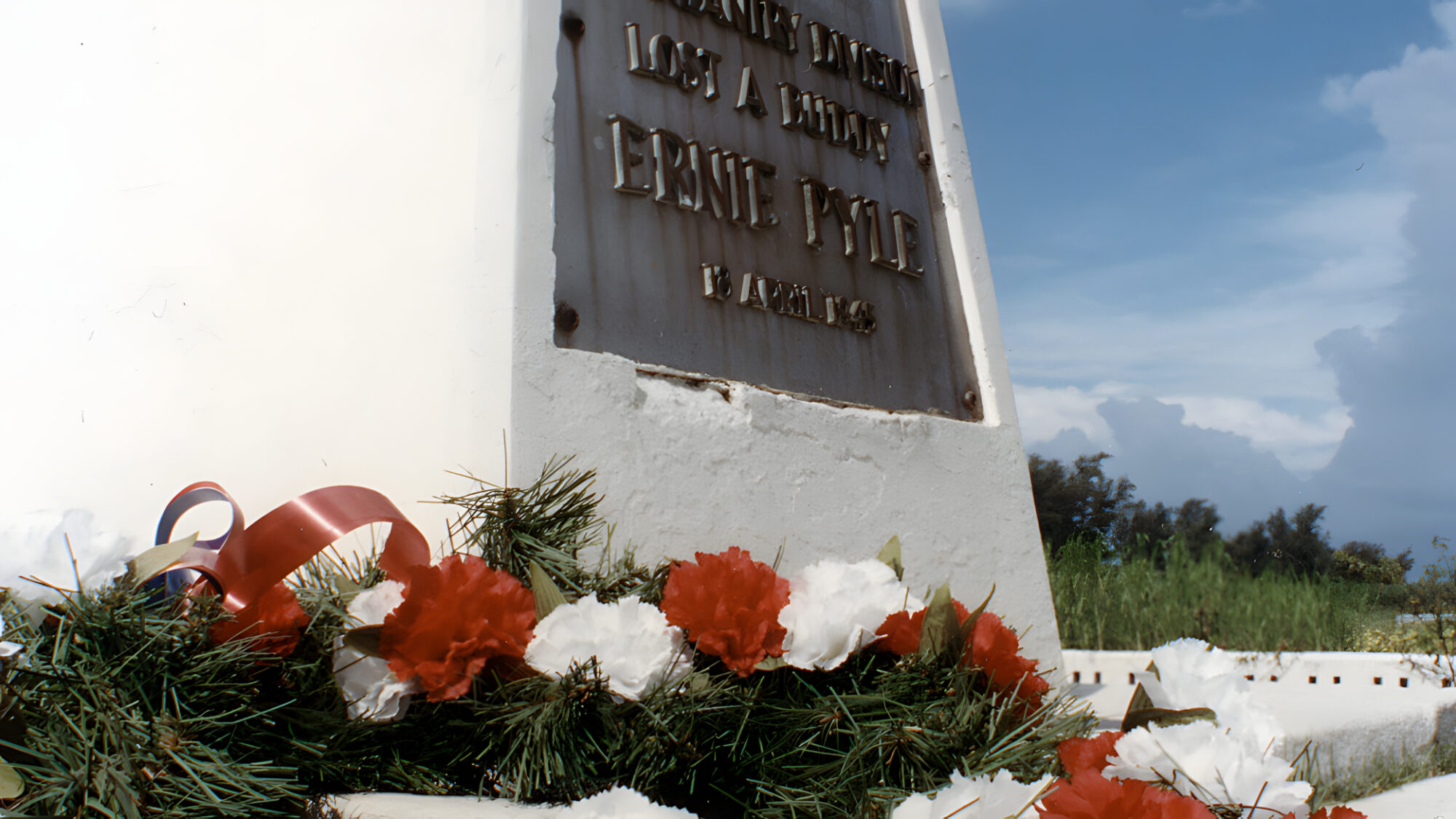
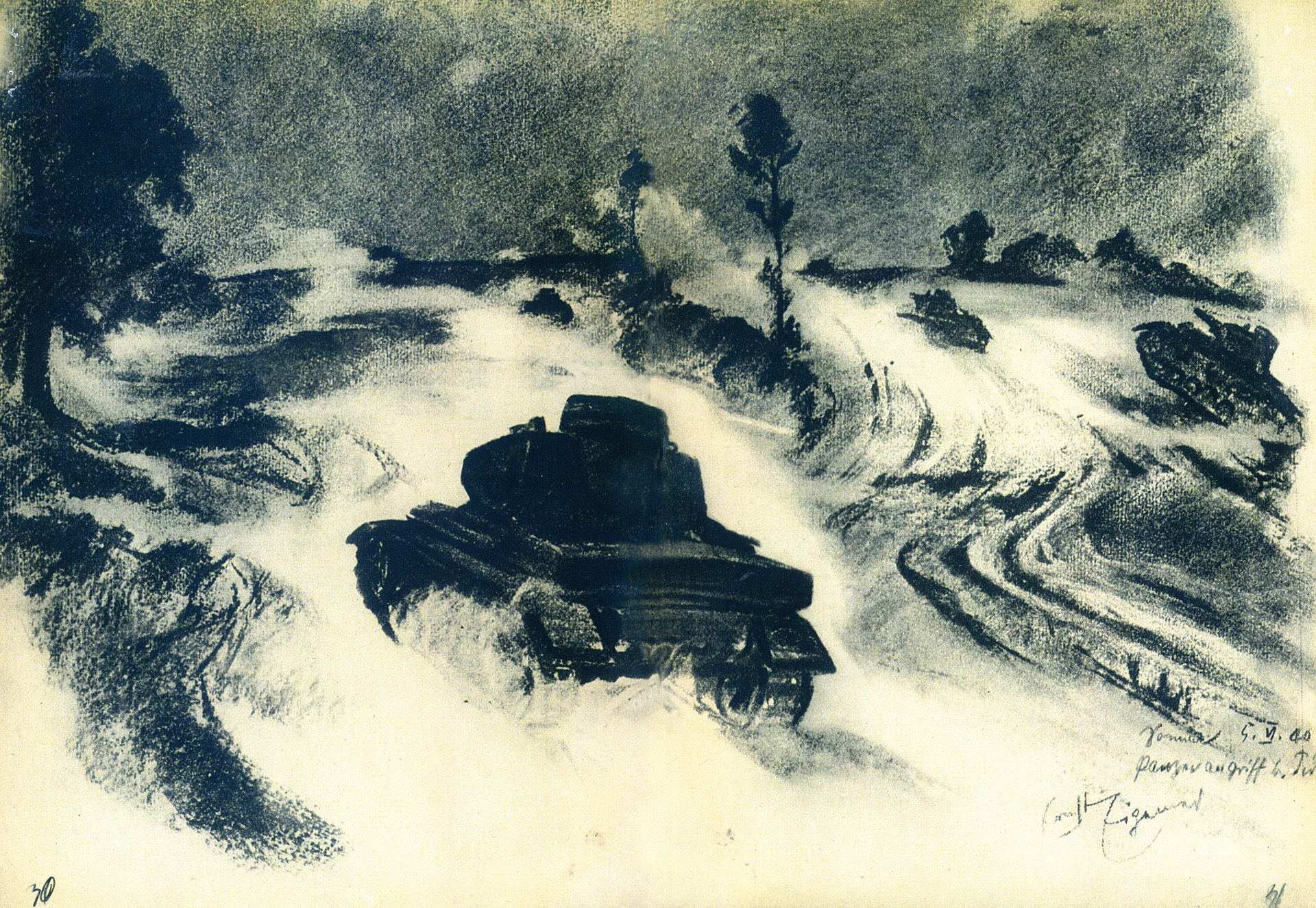
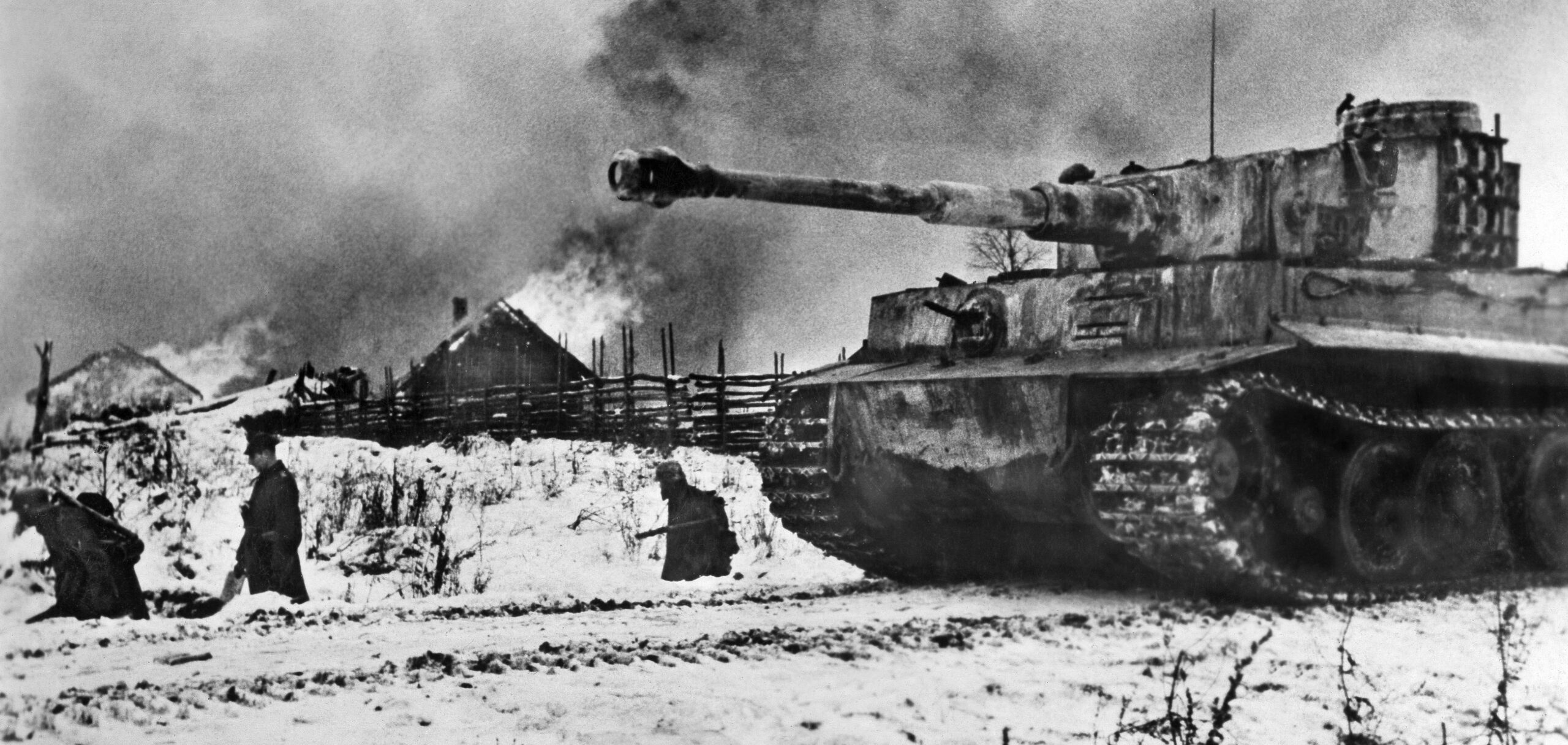
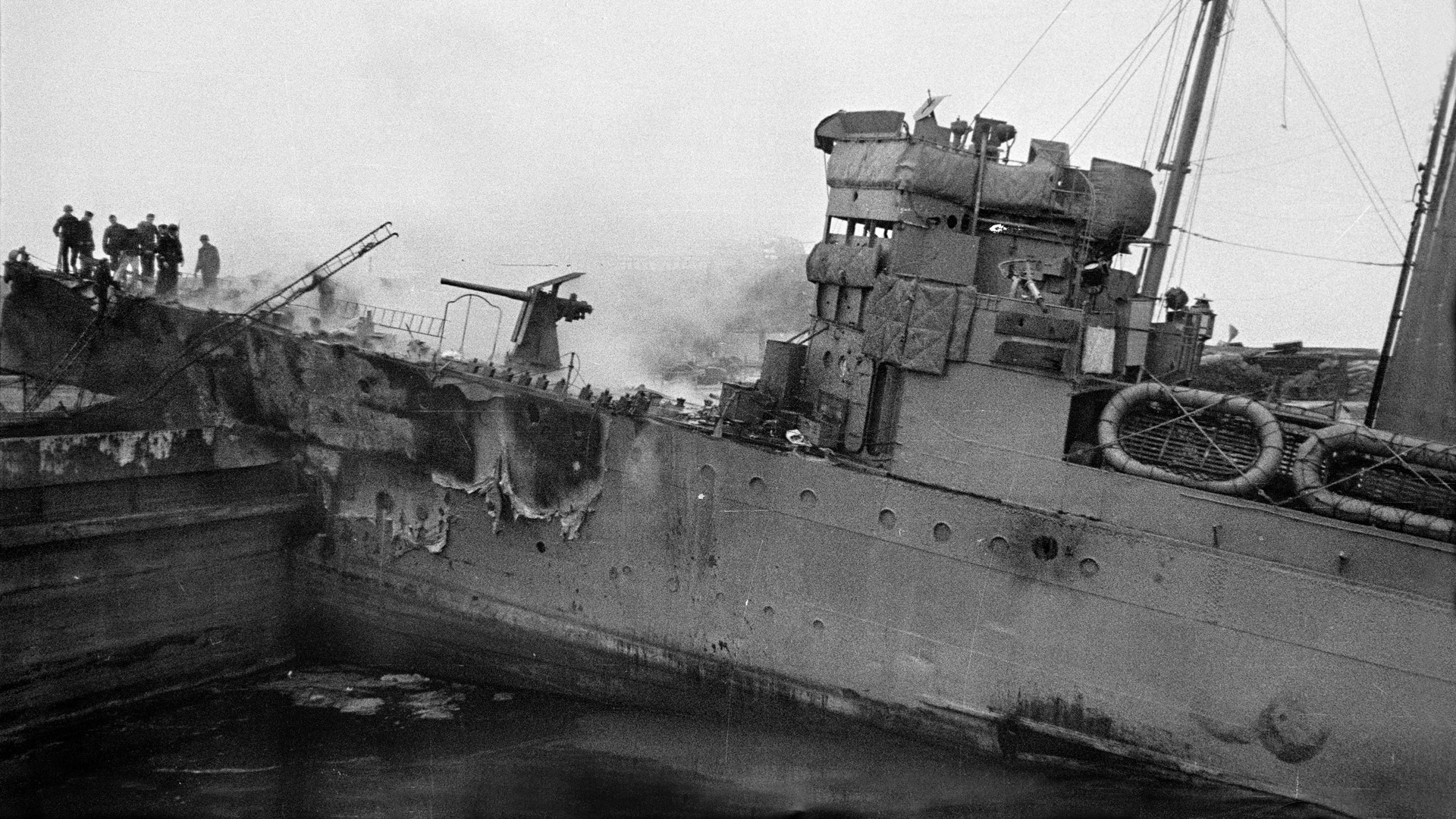

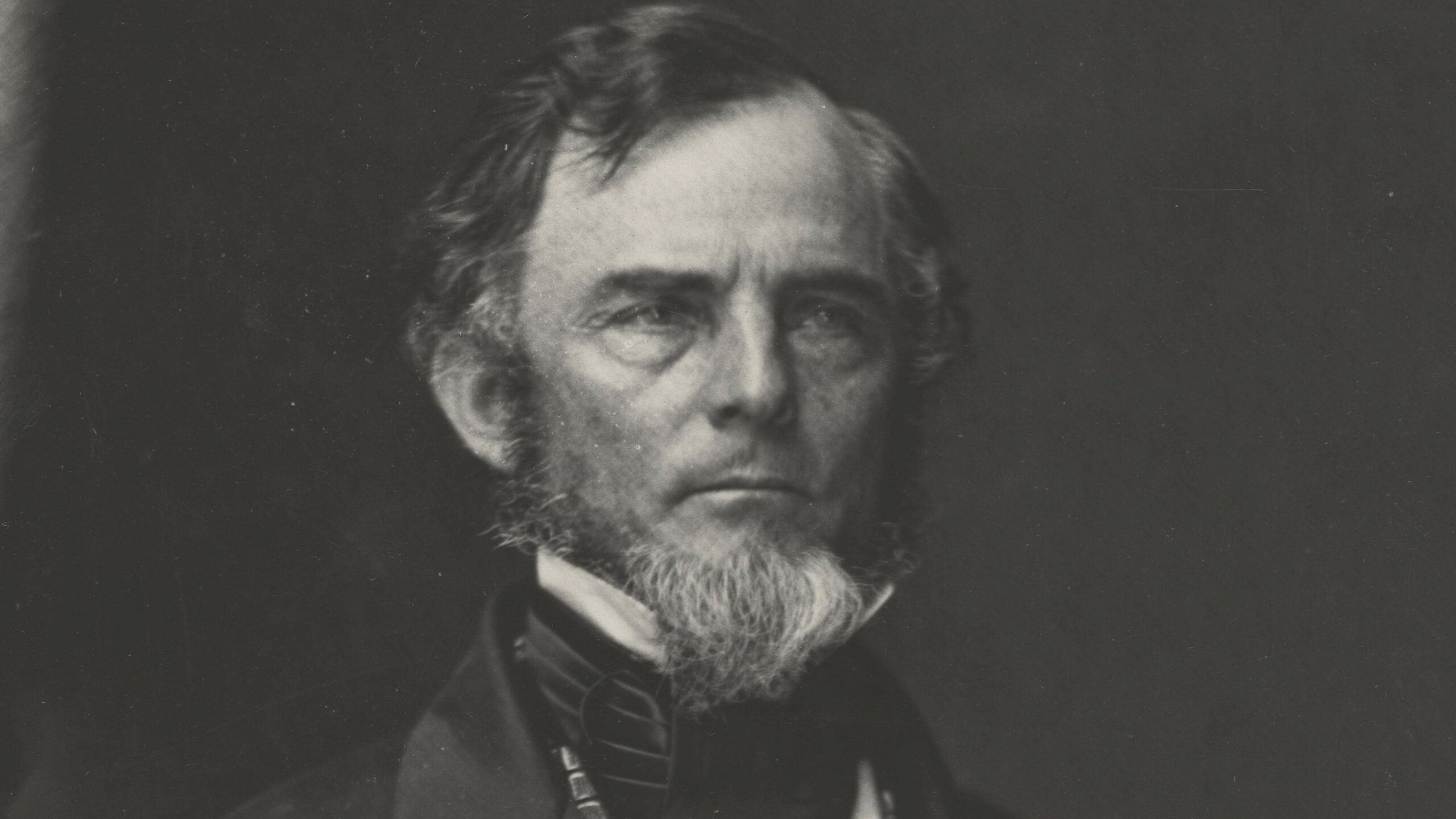
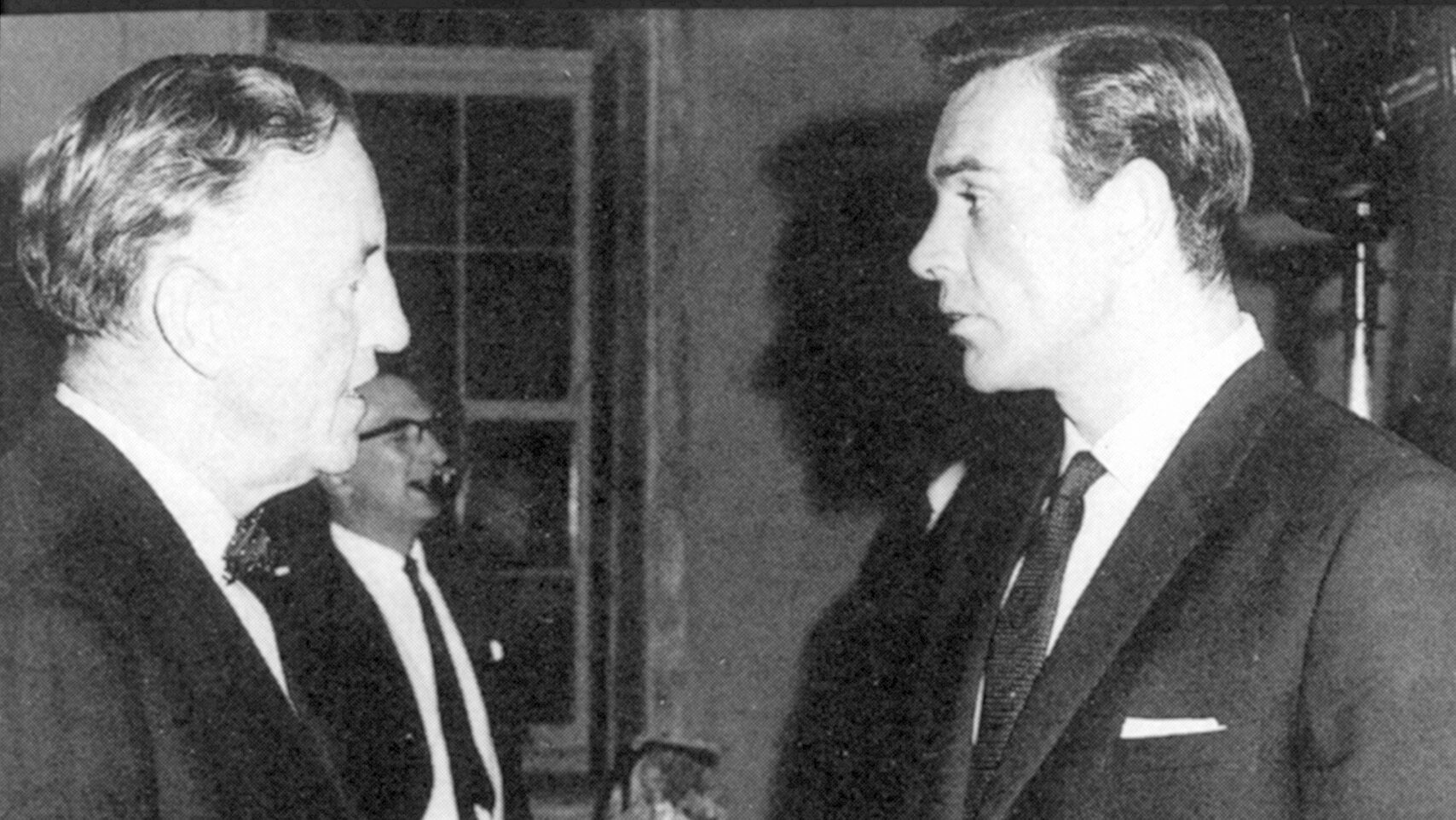
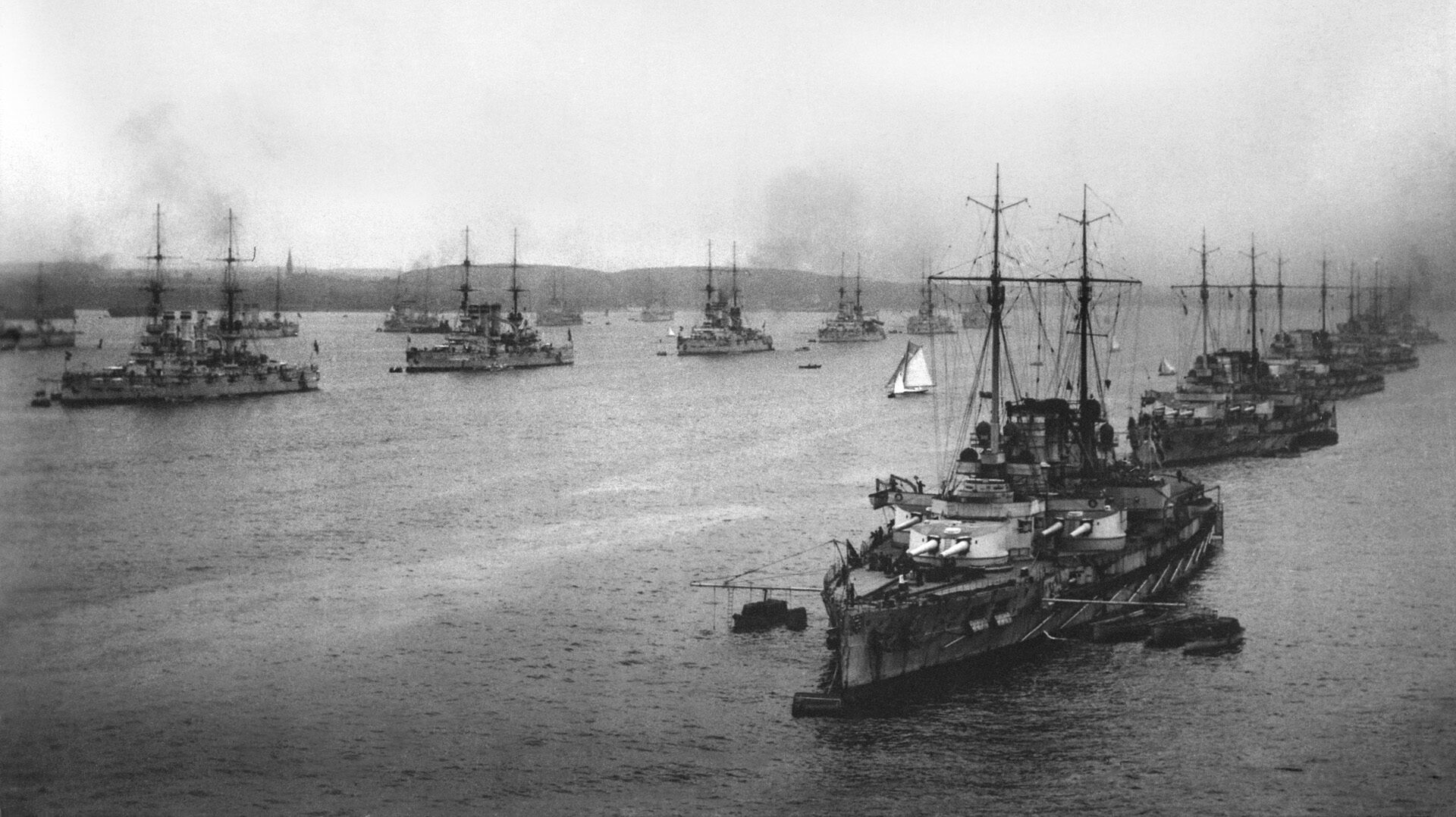
Join The Conversation
Comments
View All Comments